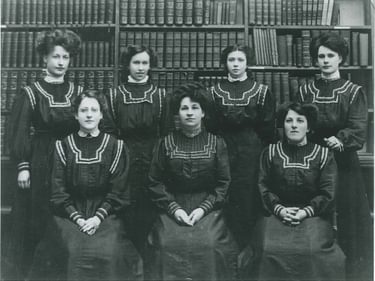News Story
This Women’s History Month, we’re taking a look at some of Worthing’s history that women have shaped. Often strong and outspoken, usually politically minded, they provide a snapshot of life for women on the south coast over the last 200 years. Whether they were active participants in the community or just passing through, there are some incredible figures in Women’s History right here in Worthing.
Pioneering Women in Worthing
Ellen Chapman
First Female Mayor of Worthing
Ellen Chapman was a suffragist and local politician in Worthing who greatly advocated for the poor. In 1910, she became the first woman to run for election to Worthing Borough Council. Subsequently, Chapman was one of the first female councillors in England. She became the first female Mayor of Worthing in 1920, something that she would have done six years earlier, but, unfortunately, the all-male Mayoral selection committee decided at the last minute that “it would be inadvisable to have a woman mayor while the country is in a state of war”.
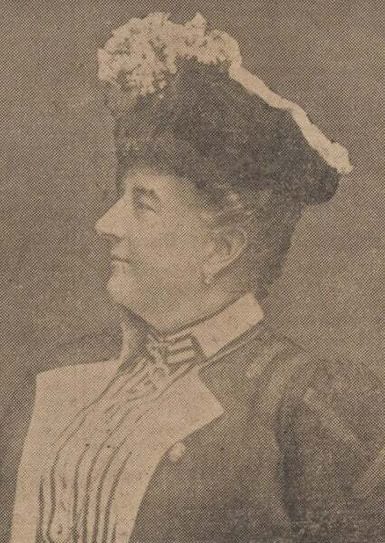
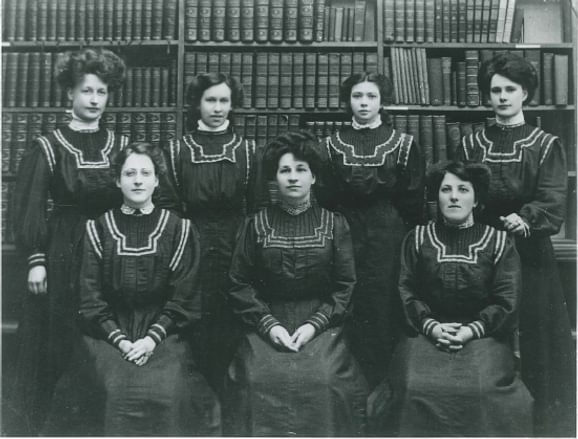
Marian Frost & Ethel Gerard
First Curators of Worthing Museum
Marian Frost (seated, centre) was the first curator of Worthing Museum and Gallery. She played a huge role in persuading philanthropist Andrew Carnegie (of Carnegie Hall fame) to give funds for a new library and museum for Worthing in 1908.
She was described as a “remarkable and formidable woman” who took over the role of head curator in 1919. In 1929, she wrote “An Early History of Worthing”. Ethel Gerard (far left, standing) became head curator after Marian died in 1935. Ethel published papers on early Sussex maps and Worthing history as early as 1915. During WWII, Ethel moved much of the museum’s collections to a bunker near Findon. Come to Worthing Museum now to learn more about women's role in Worthing’s social history.
Women & Worthing on Screen
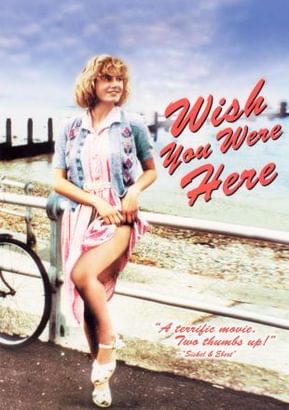
Wish You Were Here (1987)
David Leland’s coming-of-age comedy/drama follows the story of Lynda, an outspoken and bawdy girl in a post-war seaside town. Played by Emily Lloyd, Lynda’s experiences are loosely based on the early life of famed hostess and madam, Cynthia Payne. It was filmed around Worthing, Brighton and Bognor Regis. Giving the film high praise, critic Roger Ebert described the film as: “a comedy with an angry undertone, a story of a free-spirited girl who holds a grudge against a time when such girls were a threat to society, to the interlocking forces of sexism and convention that conspired to break their spirits”.
Wicked Little Letters (2024)
Based on an unbelievable true story, this new film stars Olivia Coleman, Jessie Buckley, and Anjana Vasan. Set in 1920s Littlehampton the film follows the events of a local scandal that reached national interest. Residents of the town started receiving letters full of vulgar and hilarious profanities and try to uncover the sender’s identity. Filming took place around Sussex including in Worthing in 2023. It is currently doing very well in the UK box office charts!
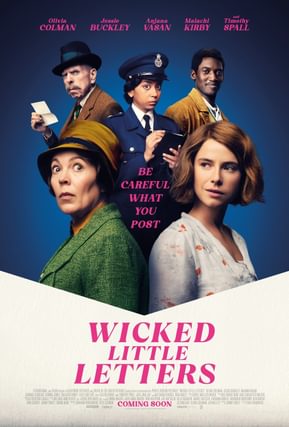
Legendary Women visiting Worthing
Worthing’s legacy as a destination for rest and serenity has seen it become home, albeit temporarily, to a handful of legendary British women. They are connected to each other by their critiques and commentary on the social position of women in their time through their words and actions.
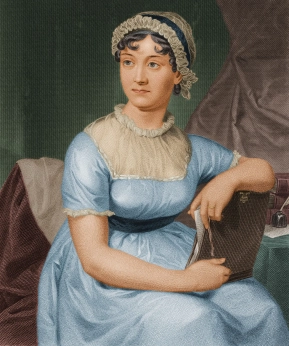
Jane Austen
In 1805 Austen holidayed in Worthing, a time when the small seaside town was first developing into a leisure resort. She undoubtedly observed the social impact of these changes on the town’s residents. It is strongly believed that Worthing is the inspiration for her unfinished novel Sanditon. She died before finishing the novel, which was set in a fictional seaside town on the brink of change.
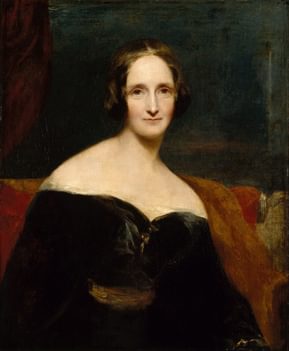
Mary Shelley
In 1825 Mary Shelley and her son inherited Castle Goring from her late husband, romantic poet Percy Shelley. It was supposed to be the ancestral home of the Shelley family. However, due to Percy’s untimely and tragic death this never happened. Mary Shelley never lived at Castle Goring and sold it in 1845. Later in life she lived with her son and daughter-in-law at Field Place in Worthing. Shelley is recognised as a socially radical figure in women’s history, and fans laud her as a pioneer in science fiction writing.
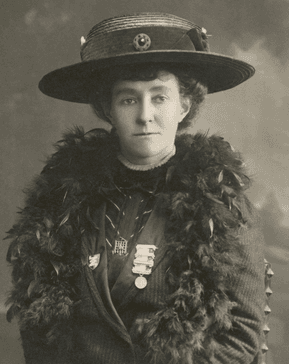
Emily Davison
Davison was a militant Suffragette who is remembered for her activism and her dramatic death. At the Epsom Derby in 1913 she was struck by the King’s horse after running onto the race course. Although the purpose of her actions are ultimately unknown, it is thought that she aimed to pin suffragette flags to the horse and did not intend to be harmed. Davison taught at a private school in Worthing between 1896-1898.
